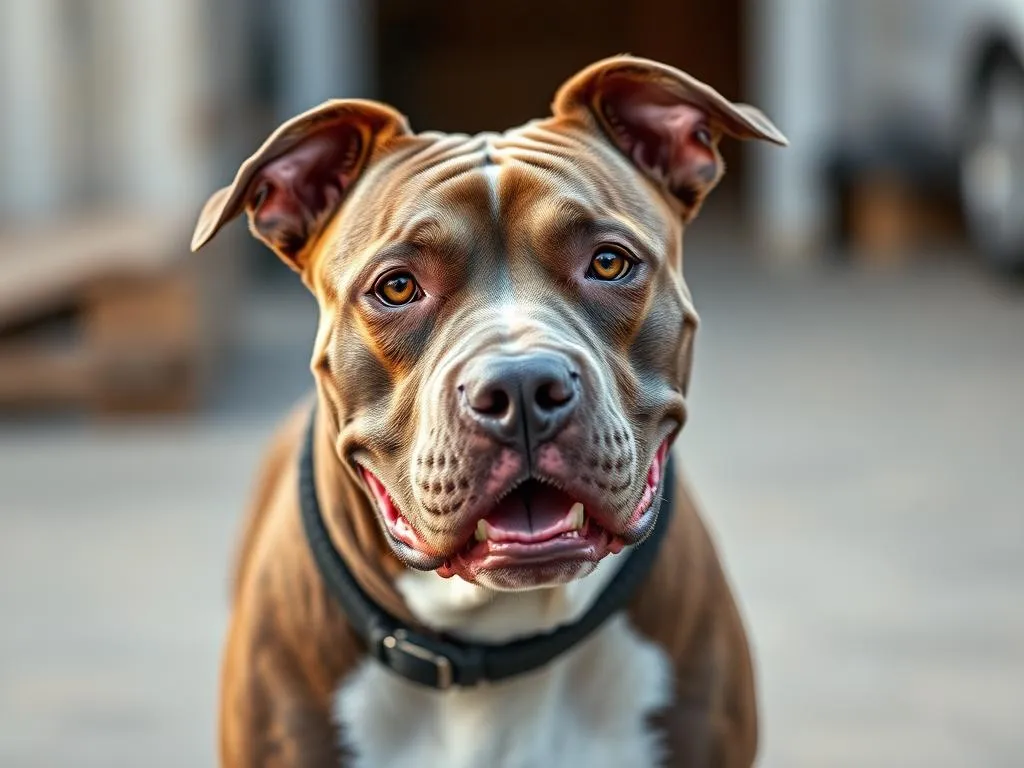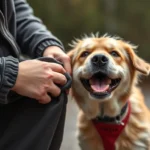
Introduction
Training a dog to be a guard dog is not just about teaching them to bark or growl at intruders; it’s about building a reliable companion who can help protect your home and family. Pit Bulls are known for their loyalty, intelligence, and protective nature, making them strong candidates for this role. However, effective training is essential to ensure that they can distinguish between a real threat and a harmless visitor. This guide will walk you through the steps of how to train a Pit Bull to be a guard dog, providing you with the tools and knowledge needed for a successful training experience.
Understanding the Pit Bull Breed
History and Characteristics
The Pit Bull breed has a history that dates back to the early 19th century in England, where they were originally bred for bull-baiting. After the practice was outlawed, these dogs transitioned into companion animals and farm helpers. Their strength and agility quickly made them popular in various roles, including as family pets.
Pit Bulls are characterized by their muscular build, high energy levels, and a strong desire to please their owners. This breed is often misunderstood, but their key characteristics, such as loyalty and courage, make them suitable for guarding.
Temperament and Behavior
Common traits of Pit Bulls include a strong bond with their families, intelligence, and a protective instinct. While they can be gentle and affectionate, they are also alert and can sense when something is amiss. Socialization is crucial, as it helps them understand acceptable behaviors and reduces the likelihood of aggressive tendencies. Proper training and socialization will shape their temperament into a reliable guard dog.
Preparing for Training
Assessing Your Pit Bull’s Temperament
Before embarking on the journey of training your Pit Bull to be a guard dog, it’s essential to assess their temperament. Observe how they react to strangers and new situations. A dog that shows curiosity and confidence is generally better suited for guard training than one that displays fear or aggression.
Setting Training Goals
Define what you want from your guard dog. Do you want them to alert you to strangers, provide physical protection, or simply deter potential threats? Setting clear goals will help you focus your training efforts and measure progress effectively.
Creating a Safe Training Environment
A distraction-free training environment is vital for effective learning. Choose a space where your Pit Bull feels comfortable and secure. This could be your backyard or a quiet room in your home. Ensure that the area is free from distractions, such as loud noises or other pets, to facilitate better focus during training sessions.
Basic Obedience Training
Essential Commands
Before diving into guard training, your Pit Bull should have a solid understanding of basic commands. The key commands include:
- Sit
- Stay
- Come
- Heel
Teaching these commands requires patience and consistency. Use positive reinforcement techniques, such as treats and praise, to encourage your dog to respond correctly. For example, when your dog sits on command, reward them immediately with a treat and verbal praise to reinforce the behavior.
Building a Strong Bond
The relationship you have with your Pit Bull is crucial for successful training. Trust and respect will enhance your dog’s willingness to learn and follow commands. Spend quality time with your dog, engaging in play and bonding activities. Positive reinforcement methods, such as offering treats and praise, will strengthen this bond and make training sessions more enjoyable.
Advanced Training Techniques
Socialization with People and Other Animals
Socializing your Pit Bull is a critical component of their training. Expose them to various environments, people, and animals in a controlled manner. This exposure helps your dog become comfortable in different situations and reduces the likelihood of fearful or aggressive behaviors. Arrange controlled interactions with strangers and other dogs to help your Pit Bull learn how to react appropriately.
Guard Dog Training Exercises
Teaching your Pit Bull protective behavior involves specific exercises:
-
Alerting to Strangers: Train your dog to bark or signal when someone approaches your property. Start by having a friend approach your home while you reward your dog for barking.
-
Controlled Barking: Teach your dog to bark on command. Use a command like “Speak” and reward them when they respond. This can be useful for alerting you to potential threats.
-
Defensive Postures: Teach your dog to adopt a defensive stance when they perceive a threat. Use a command like “Stand” and reward them for maintaining the posture.
Role-Playing Scenarios
Incorporate role-playing scenarios into your training. Simulate different situations where your dog might need to protect you or your home. For example, you can act out a scenario where someone tries to enter your property without permission. Always ensure that these simulations are controlled and safe, allowing your dog to practice their guarding instincts without causing undue stress.
Reinforcing Training
Consistent Practice
Consistency is key to successful training. Schedule regular training sessions and incorporate obedience drills into your daily routine. Short, frequent sessions are often more effective than long, sporadic ones. Consistent practice helps reinforce learned behaviors and keeps your Pit Bull engaged.
Evaluation and Feedback
Regularly assess your dog’s progress. Note any improvements or areas needing attention. Adjust your techniques based on your dog’s performance. For instance, if they struggle with a specific command, you may need to simplify the exercise or increase the rewards.
Common Challenges and Solutions
Behavioral Issues
Addressing behavioral issues is a crucial part of training your Pit Bull to be a guard dog. Common problems include aggression towards other animals or people and fear-based behaviors. If aggression is present, work with a professional trainer to implement behavior modification techniques. For fearful behaviors, gradual desensitization to triggers can help build confidence.
Overcoming Training Plateaus
Training plateaus are common, where your dog may seem to stop progressing. Keep training sessions fresh and engaging to overcome this. Introduce new commands or exercises to maintain your dog’s interest. Vary your training locations to expose them to new environments.
Seeking Professional Help
If you encounter challenges that you cannot overcome on your own, don’t hesitate to seek professional help. A qualified dog trainer or behaviorist can provide tailored advice and techniques to ensure your Pit Bull becomes a reliable guard dog.
Legal and Ethical Considerations
Understanding Local Laws
Before training your Pit Bull as a guard dog, familiarize yourself with local laws and regulations regarding guard dogs. Some areas have specific requirements for ownership, training, and handling of guard dogs. Ensuring compliance with these laws is essential for responsible ownership.
Responsible Ownership
Ethical considerations in training a guard dog are paramount. A well-trained guard dog should be able to differentiate between a real threat and a harmless visitor. This requires responsible training practices and a commitment to ongoing socialization. Control and social responsibility are essential to maintaining a positive image of the breed.
Conclusion
Training a Pit Bull to be a guard dog can be a rewarding experience, both for you and your dog. With proper training, patience, and consistency, you can cultivate a loyal companion who will protect your home and family. Remember to celebrate the small victories along the way, as each step in the training process strengthens the bond between you and your dog. Stay committed to the training, and you will find that the journey is as fulfilling as the end result.
By following the guidelines provided in this article, you’ll be well on your way to successfully training your Pit Bull into a capable and trustworthy guard dog.









